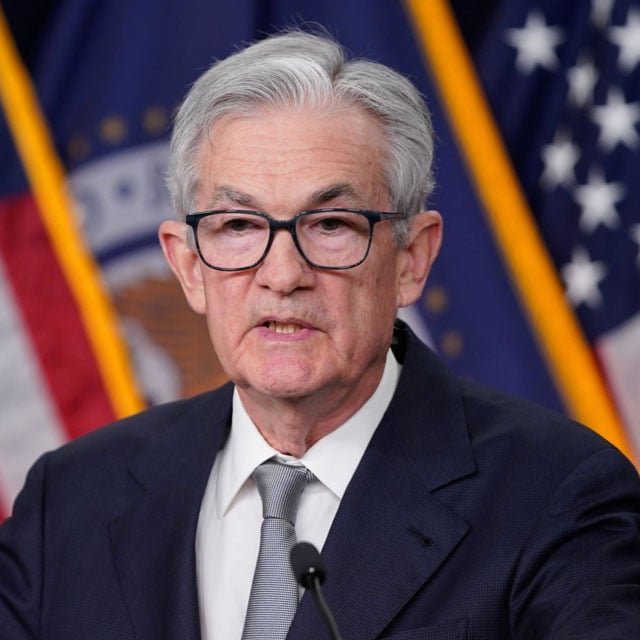
NOT FOR REPRINT
Powell Says 'Time Has Come' for Fed to Cut Interest Rates
News August 23, 2024 at 10:40 AM
Share & Print
What You Need To Know
- At Jackson Hole, Powell affirms expectations that Fed officials will begin lowering borrowing costs next month.
- After being late to raise rates in response to an inflation surge during the Covid-19 pandemic, Powell's remarks underscore how Fed officials are hoping to avoid another policy error now that price growth is easing.
- Investors are widely anticipating a quarter-point cut when when the Federal Open Market Committee next meets Sept. 17-18.


Immediate Answers to Critical Tax Questions At Your Fingertips
Keep up with the latest tax rules and regulations with weekly, exclusive updates by our Tax Facts experts.
Get More InformationRecently Added Q&As
How are business expenses reported for income tax purposes?
Get Answer
What is a charitable IRA rollover or qualified charitable distribution?
Get Answer
What are the tax benefits that can be realized by providing employee benefits through a cafeteria plan?
Get Answer
What are the Social Security and Medicare tax rates for traditional employees and employers?
Get Answer
What developments have emerged regarding a fiduciary’s consideration of environmental, social and governance (ESG) issues in making investment decisions?
Get Answer
What are the Social Security tax and Medicare rates for self-employed taxpayers?
Get Answer
How is it determined whether a taxpayer is an independent contractor or a common law employee?
Get Answer
What is FBAR, and does a U.S. citizen living in Canada need to be concerned with FBAR requirements?
Get Answer



